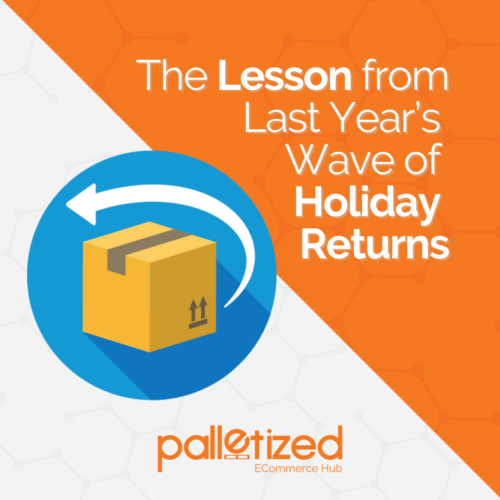Process a return request promptly if it’s the consumer’s clear preference. A Bizrate Insights study found nearly 80% of shoppers said they’d be less likely to recommend a retailer if receiving credit took too long, and 40% said they’d stop patronizing the business altogether.
On the flip side, recent research showed that retailers that employed a hassle-free returns policy reported a staggering 300 percent increase in overall sales.
The key is to preserve long-term revenue, not immediate transactions. Consider letting the customer keep the product for free, which can sometimes save money.
No store is immune to returns. Instead of running the process on autopilot, use it as a marketing tool. Make it too cumbersome, and you risk angry consumers and poor reviews. But commonsense, personality-driven strategies will encourage folks to come again and tell others about it.
First, take the time to understand the reason for the return. This crucial info informs two things:
Controllable or uncontrollable? A controllable return stems from a merchant’s poor planning or execution, such as incorrect product descriptions, improper packaging, delayed deliveries, and shipping the wrong item. Uncontrollable returns are not preventable, such as when customers change their minds and decide they don’t want the product.
Never let the returns process run entirely as self-serve. Online forms are helpful for initial communication. However, they’re impersonal and place the burden on the shopper. They also minimize the potential outcomes, which can leave money on the table.
If your returns process requires completing an online form, consider alternative communication methods, such as live chat.

